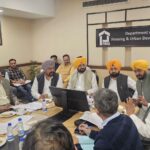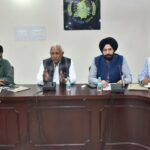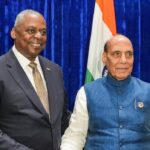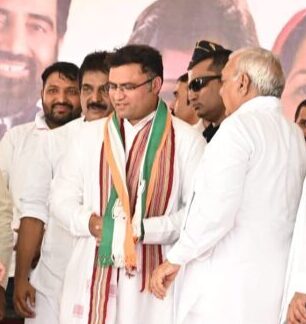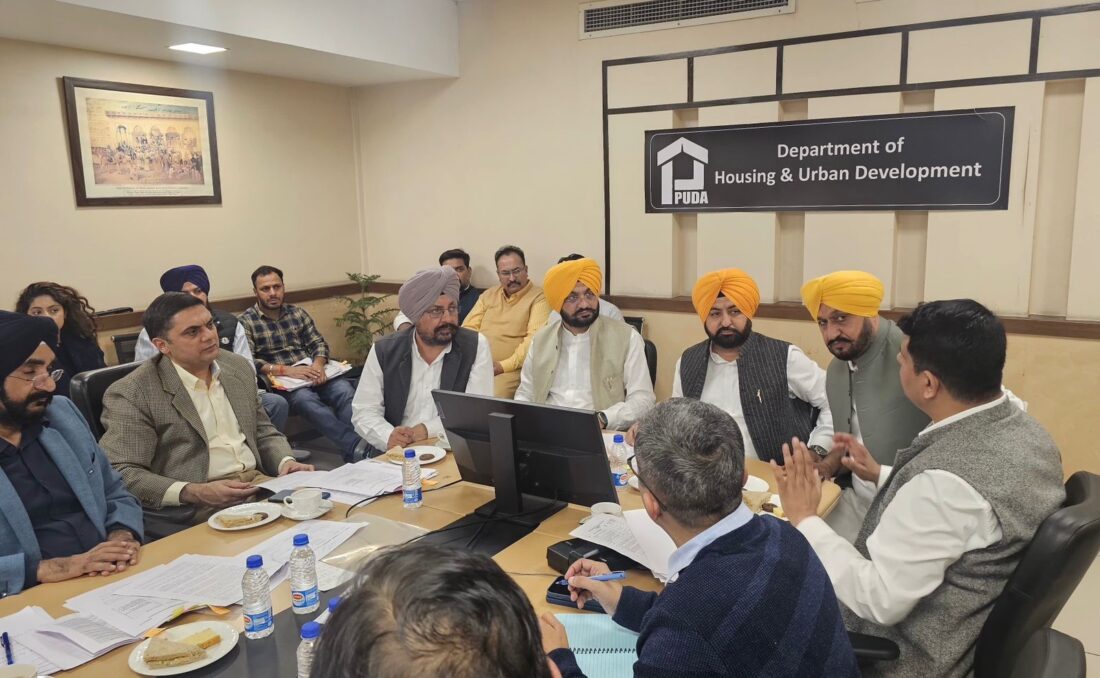North News
Chandigarh, October 3
In a dramatic turn of events on Thursday, Ashok Tanwar, a former Congress leader who had joined the Bharatiya Janata Party (BJP), made headlines when he switched back to the Congress just 45 minutes after addressing a BJP rally. The sudden defection took place in the presence of Rahul Gandhi, leaving political observers and party workers shocked. This bold move has reignited discussions about Haryana’s infamous political culture of frequent party switching, known as “Aaya Ram, Gaya Ram.” His defection has once again highlighted how leaders leverage party-switching to secure their political future in this turbulent state.
The phrase dates back to 1967 when Haryana MLA Gaya Lal switched parties three times in a single day, earning the state its reputation for political instability. This practice has since become a defining feature of Haryana politics, where politicians often change allegiances to align with shifting power dynamics. Notably, Gaya Lal’s son, Udai Bhan, is now the president of the Haryana Congress, having also navigated his own party-switching journey in his political career.
Former Congress MP from Sirsa, Ashok Tanwar, has had a dynamic political journey, marked by multiple party switches. Tanwar, who served as Haryana Congress chief from 2014 to 2019, parted ways with the party in 2019. He joined the Trinamool Congress in 2021, only to switch allegiance to the Aam Aadmi Party (AAP) the following year.
Ahead of the upcoming Lok Sabha polls, Tanwar exited AAP in protest against party leader Arvind Kejriwal’s decision to form an alliance with Congress. Following his departure, he joined the Bharatiya Janata Party (BJP) and contested the general election from Sirsa, where he was defeated by Congress’s Kumari Selja.
Tanwar’s decision to leave the BJP and return to Congress on such a public platform is just the latest episode in this legacy. It recalls other major defections in Haryana’s political history, including former Chief Minister Bhajan Lal’s move in 1980. Lal, fearing his government’s dismissal after Indira Gandhi’s return to power, led his entire Cabinet from the Janata Party to the Congress, a precursor to today’s party-switching trends.
Haryana’s political scene has long been characterized by opportunistic moves, especially around election time. In the run-up to the 2019 Lok Sabha elections, several senior leaders—including Rao Inderjit Singh, Arvind Sharma, Ramesh Chander Kaushik, Dharambir Singh, and Chaudhary Birender Singh—left Congress for the BJP, helping the party strengthen its position in the state. Ironically, Chaudhary Birender Singh recently made his own “ghar wapsi” back to Congress, highlighting the cyclical nature of these defections.
While Ashok Tanwar’s defection may have surprised many, it serves as a reminder of Haryana’s deeply ingrained political culture, where alliances can shift swiftly, and loyalty often takes a back seat to political convenience. Tanwar’s move, though swift, is emblematic of a broader tradition that continues to shape the state’s political landscape.


